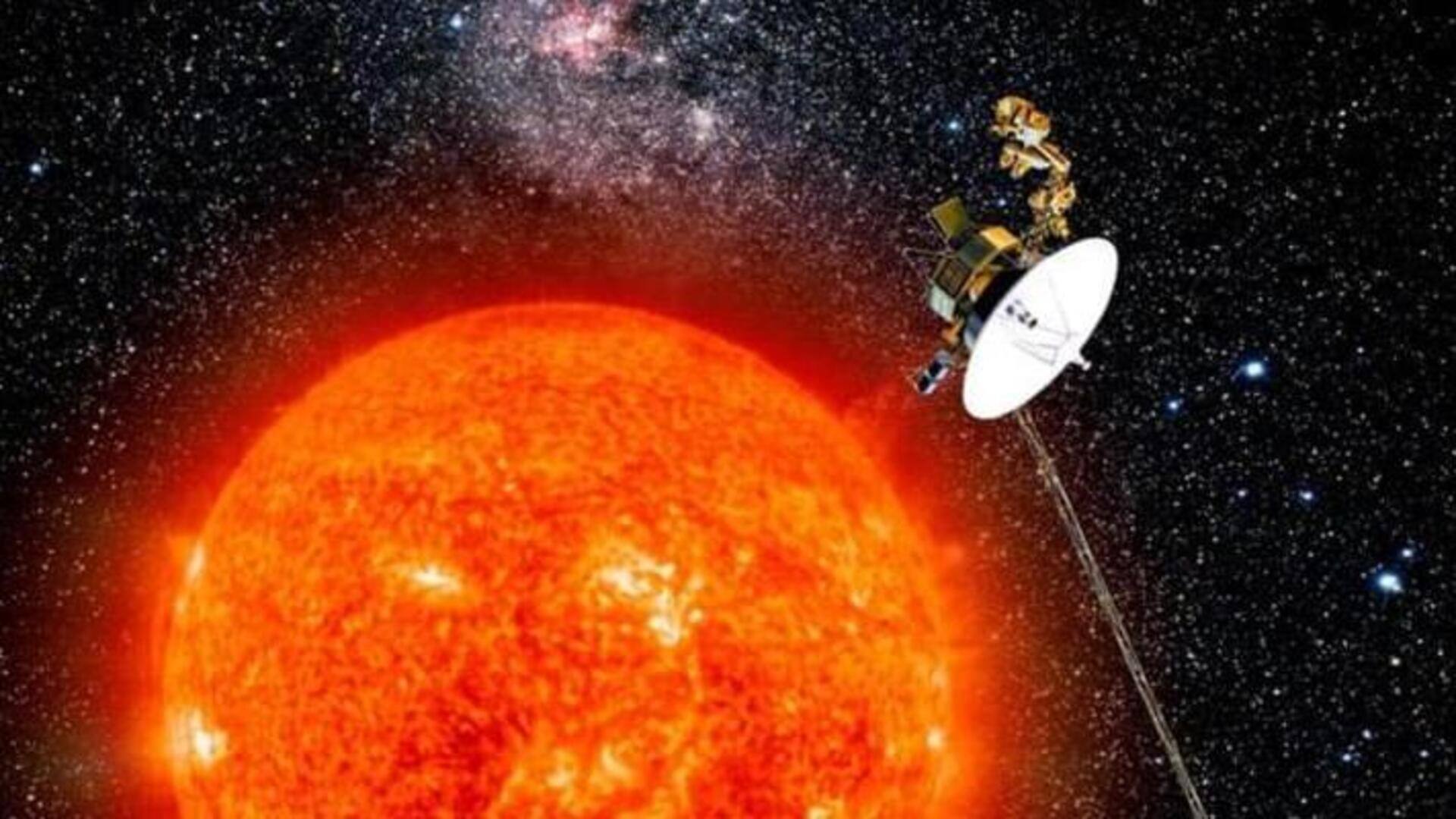
Aditya-L1: What's next for India's first space-based solar observatory
What's the story
India's first space-based solar mission, Aditya-L1, is making significant progress. In the latest development, the Indian Space Research Organisation (ISRO) has revealed that the spacecraft exited Earth's sphere of influence. This marks the second achievement of this kind for ISRO, with the first being the Mars Orbiter Mission in 2013. Launched on September 2 from Sriharikota, Andhra Pradesh, Aditya L1 aims to provide real-time assessments of solar activities and their effects on space weather.
Details
Navigating toward Sun-Earth Lagrangian Point 1
Aditya L1 is currently headed to the Sun-Earth Lagrangian Point 1 (L1). The spacecraft will eventually be positioned in a halo orbit around the L1 point, which lies about 1.5 million kilometers from Earth. The strategic positioning around the Lagrangian point will provide the mission with stable and uninterrupted views of the solar disc, making it the perfect place to study solar phenomena. The spacecraft still has around 100 days left before reaching its destination.
Journey
The spacecraft has traveled more than 0.92 million kilometers
Since its launch, Aditya L1 completed four Earth-bound maneuvers—on September 3, 5, 10, and 15 respectively—to gain the necessary speed for its trip to L1. On September 19, the spacecraft underwent another key operation called Trans-Lagrangean Point 1 Insertion (TL1I), which allowed the spacecraft to leave Earth's orbit and put it on its current 110-day trajectory toward L1. Since the TL1I operation, Aditya-L1 has traveled an impressive 0.92 million kilometers.
Payloads
All of Aditya-L1's payloads have been developed indigenously
Aditya-L1 is equipped with seven scientific payloads, all of which have been developed indigenously. These instruments will observe the photosphere, chromosphere, and the outermost layers of the Sun (the corona). Among the various solar phenomenon the mission intends to study are solar wind, charged particle streams that flows from the Sun; coronal mass ejections (CMEs), and solar flares. Flares are highly energetic events that can affect the space weather and hamper communication systems on Earth.